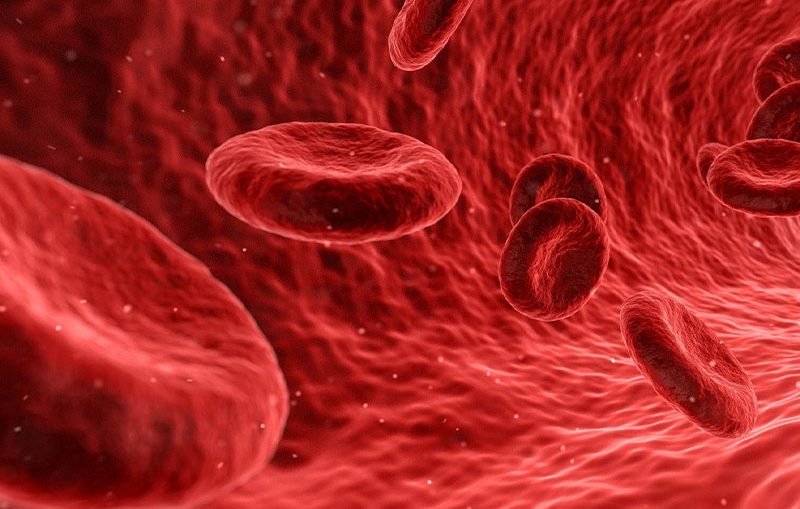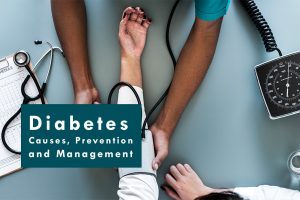Health is the first concern to be considered because the quality of life is important. We can’t deny that it is connected directly with our physical health.
Some diseases affect your other organs and lead to death. Early symptoms can save us from severe conditions. Peripheral artery disease occurs outside the heart and brain. It is also known as peripheral arterial disease and peripheral vascular diseases.
PAD narrows the blood vessels by blocking the blood flow to the kidney, stomach, arms, and legs. A survey shows that legs are the most common to be affected.
Around 200 million people have Peripheral arterial disease worldwide. In critical areas of the body, atherosclerosis restricts the blood flow and results in artery blockage. Atherosclerosis is the main cause behind PAD. Many healthcare professionals fail to diagnose this disease which results in heart attack and stroke.
Learning about the symptoms and causes can help you to get the treatment if you are suffering from PAD.
Let’s learn about some fast facts of Peripheral Artery Disease:
- High-level cholesterol in the arteries can cause PAD.
- Such blood flow restriction increases the risks of heart failure.
- The most common target of the PAD is the legs, and the victim often feels numbness.
- Physical activity is the best solution to prevent PAD.
- It can lead to amputation if left untreated.
Common Causes of PAD
When a fatty material builds up in the arteries, it is known as atherosclerosis. It mainly focuses on the heart. According to researchers, this is the most common cause of PAD.
But the peripheral arterial disease can also be caused by the unusual anatomy of the ligaments and muscles. An injury to the limbs can also be the reason for blood clots in the arteries.
Symptoms of Peripheral Artery Disease
PAD does not show its early signs in many cases, which is the reason that it often leads to serious issues. Symptoms to Learn About:
- Leg weakness
- Toenails grow slowly
- Hair loss on the legs and feet
- Sores on the legs
- Shiny legs skin or turns pale
- Brittle toenail
- A foot or lower leg may feel cold
- Pain in thigh and calf muscle while climbing the stairs or walking, etc.
PAD Treatments We Should Learn About
One of the best vascular surgeonsshared some natural ways plus medications to slow the progress of the PAD.
- Lifestyle Change:
The most common reason for artery blockage is the high cholesterol level. Your doctor can prescribe you to change your diet with low cholesterol and saturated fat. What else?
- Eat Whole Grains
No one can deny the fact that whole grains are the key elements to lower the risks of heart disease. Obesity is also a fact that can cause artery issues, but whole grains also help to lose weight.
- Avoid sugary foods
Sugary foods increase the risk of developing 2 Diabetes that triggers the chance of stroke and heart attack. It also leads to obesity that can cause other health issues too.
- Prefer skinless chicken
The fat under the skin layer isn’t good for people who have mild symptoms of PAD. You should eat chicken but make sure that the outer layer of the skin is removed.
- Choose a variety of fruits and vegetables
Studies say that fruits and veggies are the best sources of vitamins, minerals, and nutrients. They also contain fiber that is a key element to keep your body energized and active. People enjoy the salads of fruits and vegetables or cook them. You can also make scrambled eggs with spinach or other veggies. Smoothies are most popular that deal with vitamin and protein deficiency in the body. Having fruits and veggies in your diet plan minimizes the chance of PAD.
- Increase physical activity
Researchers say that exercise can boost your health and help you to slow the progress of PAD. You can start your physical activity with a simple walk that can give your incredible results in only a few weeks.
- Quit Smoking
Quit Smoking
Smoking is not a good fit for your health and also increases the risks of PAD (which can result in heart attack and stroke). Quit smoking can also prevent you from heart diseases. According to research, cigarette smoking tightens major arteries and increases the risk of stroke. Increased blood pressure can also worsen your heart health that leads to a heart attack.
- Medications
Antihypertensive drugs can be prescribed by your doctor to lower your body’s cholesterol. Some other medications will also help you to reduce the progress of PAD. If there is an artery blockage that can’t be a cure, your doctor may recommend surgery.
How Does a Vascular Surgeon Diagnose the PAD?
Vascular specialists use different ways to suspect the disease. Sometimes, the signs are not clear, but they often start with the legs if they find any sign.
- Doctor checks compare the blood pressure of your arm with your ankle to diagnose PAD. It is known as the Ankle-brachial index, and it is the most common test so far.
- Magnetic Resonance Angiography (MRA) does not include the x-rays to detect any blocked artery in the body, but it is quite similar to the CT scan.
- Doppler and Ultrasound Imaging involves sound waves and allows to measure the blood flow to suspect any blockage.
- Angiography helps to check the C-reactive protein and cholesterol level in the patient.
- For Patients with pacemakers and stents, the doctor uses Computed tomographic angiography CT. It images the abdomen, legs, and pelvis of the victim.
Patients with PAD
MARK is a school teacher who was suffering from peripheral artery disease. He shared his story with us about how he got recovered from PAD. His vascular surgeon suggested surgery to restore the blood flow to his legs. But he refused and discussed with his doctor in detail to find an alternative to the surgery because he did not suppose himself ready for it. His vascular specialist team discussed and asked him to start walking if he wants to get his life back on track. He says, It took time to improve my walking, and here, it changed everything. It taught me that we all could deal with PAD, but we need only courage and better learning about the disease. Walking improved the blood circulation in my legs, and it still keeps me active. I am in my 70s but must say that I am more active than many young adults.
Mark also described that a professional and expert doctor brings hope to your life and teaches you different ways to live a happy life. I was lucky that I had consulted with my family vascular physician, who helped me throughout my treatment.
Final Thoughts
Experts from fatima bai hospital say that eating a less saturated diet can prevent you from developing PAD. We need to learn the signs of the artery issues at their initial stages. It can help us to get the treatment at the right time, or it can get worse if left untreated. If you feel numbness or pain in your legs, visit the doctor as soon as possible.







